Input interpretation

chlorocyclopentane
Chemical names and formulas

formula | C_5H_9Cl name | chlorocyclopentane alternate names | 1-chlorocyclopentane | cyclopentane, chloro- | cyclopentyl chloride mass fractions | C (carbon) 57.4% | Cl (chlorine) 33.9% | H (hydrogen) 8.67%
Lewis structure
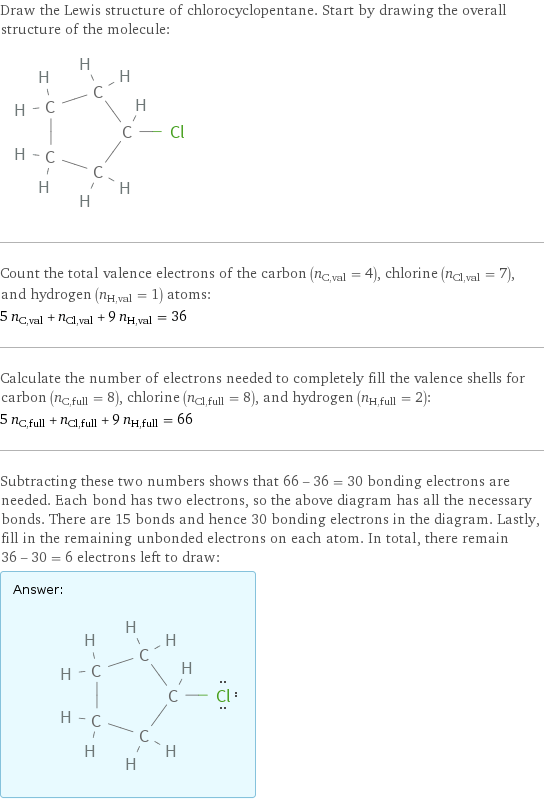
Draw the Lewis structure of chlorocyclopentane. Start by drawing the overall structure of the molecule: Count the total valence electrons of the carbon (n_C, val = 4), chlorine (n_Cl, val = 7), and hydrogen (n_H, val = 1) atoms: 5 n_C, val + n_Cl, val + 9 n_H, val = 36 Calculate the number of electrons needed to completely fill the valence shells for carbon (n_C, full = 8), chlorine (n_Cl, full = 8), and hydrogen (n_H, full = 2): 5 n_C, full + n_Cl, full + 9 n_H, full = 66 Subtracting these two numbers shows that 66 - 36 = 30 bonding electrons are needed. Each bond has two electrons, so the above diagram has all the necessary bonds. There are 15 bonds and hence 30 bonding electrons in the diagram. Lastly, fill in the remaining unbonded electrons on each atom. In total, there remain 36 - 30 = 6 electrons left to draw: Answer: | |
3D structure
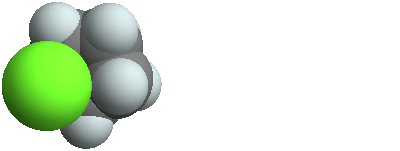
3D structure
Basic properties

molar mass | 104.6 g/mol phase | liquid (at STP) melting point | -93 °C boiling point | 114 °C density | 1.005 g/cm^3
Units

Liquid properties (at STP)
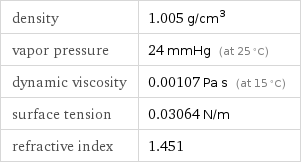
density | 1.005 g/cm^3 vapor pressure | 24 mmHg (at 25 °C) dynamic viscosity | 0.00107 Pa s (at 15 °C) surface tension | 0.03064 N/m refractive index | 1.451
Units

Thermodynamic properties
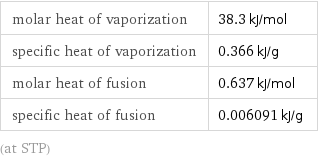
molar heat of vaporization | 38.3 kJ/mol specific heat of vaporization | 0.366 kJ/g molar heat of fusion | 0.637 kJ/mol specific heat of fusion | 0.006091 kJ/g (at STP)
Chemical identifiers
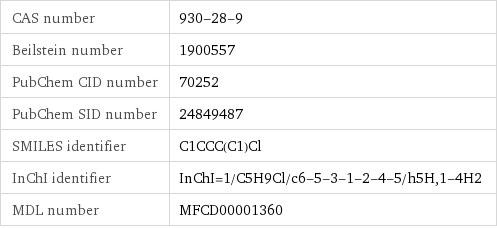
CAS number | 930-28-9 Beilstein number | 1900557 PubChem CID number | 70252 PubChem SID number | 24849487 SMILES identifier | C1CCC(C1)Cl InChI identifier | InChI=1/C5H9Cl/c6-5-3-1-2-4-5/h5H, 1-4H2 MDL number | MFCD00001360
NFPA label

NFPA label
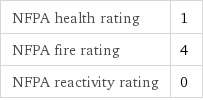
NFPA health rating | 1 NFPA fire rating | 4 NFPA reactivity rating | 0
Safety properties

flash point | 15 °C autoignition point | 380 °C

DOT hazard class | 3 DOT numbers | 1993